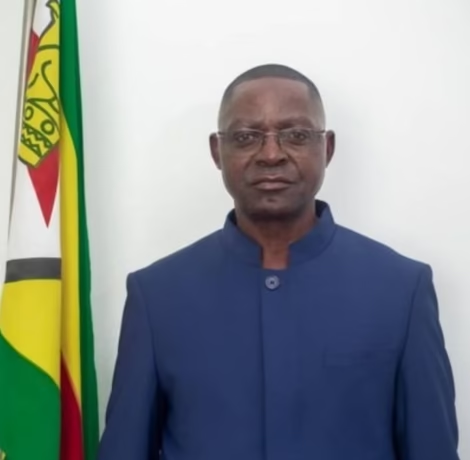
The Ministry of Health and Social Care’s Annual General Meeting provided a comprehensive overview of Zimbabwe’s efforts to enhance its healthcare system. From addressing workforce shortages to expanding infrastructure and tackling health disparities, the government’s strategies demonstrate a bold commitment to achieving universal health coverage (UHC) and meeting the goals of the African Union Agenda 2063.
One of the most notable achievements highlighted was Zimbabwe’s Universal Health Coverage (UHC) Index, which stands at 54%, significantly above the Sub-Saharan African average of 40%. This progress reflects the government’s focus on implementing the National Health Strategy 2021–2025, emphasizing equitable access to healthcare for all citizens. The establishment of new health centers in underserved areas has further bridged the gap between urban and rural healthcare accessibility, ensuring that marginalized communities receive essential services.
However, the brain drain of healthcare professionals remains a critical challenge. The government has introduced the Health Workforce Investment Plan (2024–2026) to address this issue, aiming to recruit and retain healthcare workers across all levels—from village health workers to specialist doctors. This initiative underscores the government’s recognition of human capital as a cornerstone of healthcare delivery.
Infrastructure development has also been prioritized, with renovations underway at public hospitals and mental health facilities to improve service quality. The government has embraced telehealth as a tool for improving healthcare delivery, though it acknowledges the need for updated legislation to regulate its use effectively.
Inclusivity emerged as a key theme during the meeting, with significant strides being made toward integrating people with disabilities into the healthcare system. The introduction of a disability label and the passing of the Persons with Disabilities Bill signal the government’s commitment to addressing barriers faced by this vulnerable group.
The meeting also highlighted efforts to combat drug and substance abuse through a comprehensive plan (2024–2028) that focuses on prevention, treatment, and community reintegration. This initiative aligns with the government’s broader goal of ensuring holistic healthcare that addresses both physical and mental well-being.
As Zimbabwe continues its journey toward sustainable health development, the challenges of funding, workforce capacity, and infrastructure gaps remain pressing. Nevertheless, the government’s multi-faceted approach, anchored in the principles of equity, inclusivity, and resilience, offers a promising roadmap for the future of healthcare in the country.




